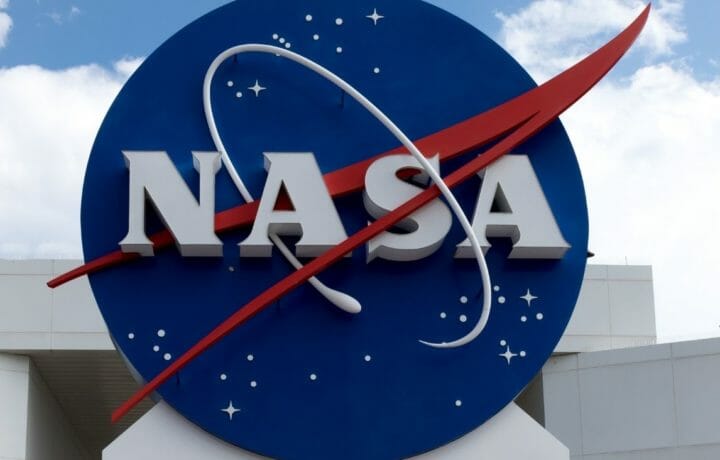Space is a harsh environment, and NASA astronauts already wear smartwatches and smart shirts fitted with integrated sensors that monitor vital signs, including heart rate, breathing, blood oxygen levels, and skin temperature. Additionally, activity watches are used to track motion, assess sleep patterns, and detect disturbances in the circadian rhythm.
This week, the NASA-funded Translational Research Institute for Space Health (TRISH) announced that it has selected HarmonEyes to deploy its Human State Monitoring and Readiness Tool (H-SMART), an AI-powered eye-tracking platform for astronaut safety monitoring.
The company’s eye-tracking solution system was developed to measure and predict cognitive load and fatigue before they become behavioral safety risks in spaceflight. As NASA looks to return to the Moon through its Artemis program, which could lead to future manned space missions to Mars, maintaining peak performance over months or years will be mission-critical.
Eye tracking can be used to detect fatigue by monitoring blink patterns, such as increased blink frequency and duration, along with changes in pupil area and eye movements, which are known biomarkers of reduced attention and alertness.
“The eyes tell us a lot about our mental condition and with HarmonEyes, we’re able to monitor them to gauge cognitive load and fatigue in real time, ensuring peak cognitive performance during mission-critical situations like space exploration,” said Adam Gross, CEO and co-founder of HarmonEyes. “This partnership with TRISH validates our solution but more exciting than that, brings mankind one step closer to safer missions to the Moon and Mars.”
Founded in 2012 and based in Bethesda, Maryland, HarmonEyes develops AI and eye-tracking technology.
The Eyes Have It
H-SMART works by measuring eye movements to assess cognitive load and fatigue levels, noting subtle changes in eye movements. Through this measuring, H-SMART can deliver passive, highly accurate, real-time monitoring of cognitive load and fatigue. HarmonEyes further stated that during long-duration missions, where even minor performance decrements can be mission-critical, its technology could provide astronauts and controllers with a critical early warning system, which could deliver “interventions and corrective actions” in real time.
The system employs advanced artificial intelligence (AI) and machine learning (ML) for predictive modeling, which HarmonEyes said would ensure that H-SMART can adapt to the unique demands of extended space missions.
The technology can be implemented to monitor and predict the participants’ actual (versus perceived) levels of cognitive load and fatigue in extreme environmental conditions.
In future operations, the H-SMART solution may be able to provide “instantaneous data” to the astronaut and support personnel via HarmonEyes’ “Theia SDK” (software development kit).
Going to Extremes, But On Earth
Current plans do not foresee H-SMART heading into space in the near future. Instead, it will be deployed later this year at the Antarctic and sub-Antarctic stations operated by the Australian Antarctic Program (AAP), a collaborative partnership involving government and more than 150 national and international research institutions, coordinated by the Australian Antarctic Division (AAD).
“The unobtrusive design of the H-SMART eye-tracking system makes it easy to deploy in extreme environments and practical for astronauts in space,” said Rihana Bokhari, PhD, Scientific Research Director for TRISH. “By validating this technology in Antarctica, we can better understand how it will help astronauts stay focused and mission-ready during the most demanding expeditions.”
Antarctica, one of Earth’s harshest environments, already serves as a proving ground for deep space missions and the testing of technology that could be used in future missions to the Moon and beyond. H-SMART could also find uses back on Earth.
“In the Antarctic we will demonstrate that H-SMART can offer superior prediction of astronaut’s cognitive and fatigue states solely based on eye metrics,” added Gross. “This is state-of-the-art technology, and we can tailor the hardware and software to meet additional needs in almost any category or industry.”




